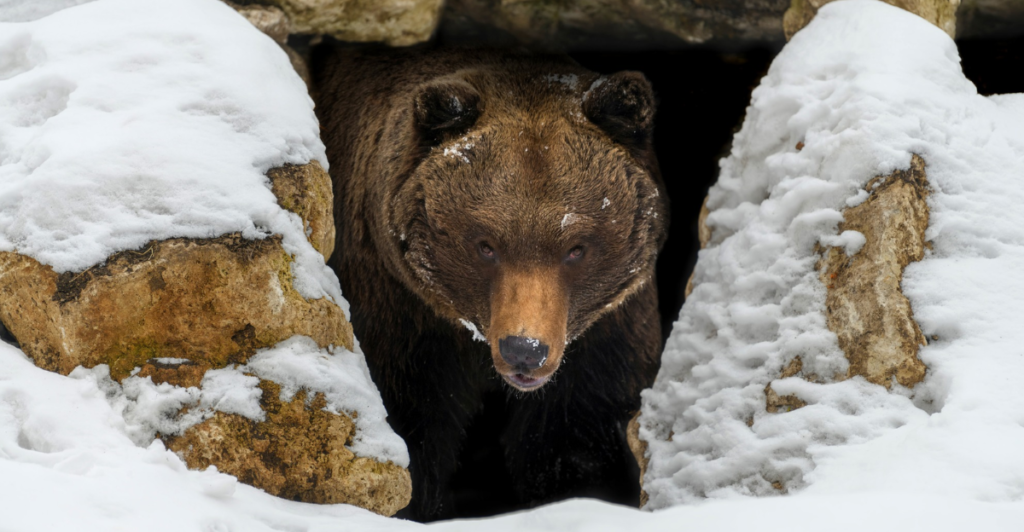
As spring approaches, an unusual phenomenon is unfolding across six states. Bears are emerging from hibernation several weeks earlier than expected, prompting wildlife officials to issue alerts to hunters and residents alike. This early awakening, observed in Vermont, Colorado, Wyoming and three other states, is causing concern among wildlife biologists and conservation experts. The shift in bear behavior is attributed to changing climate patterns and increasingly warmer temperatures, which are disrupting the natural rhythms of these magnificent creatures. The article investigates the implications of this early emergence, the challenges it presents, and the precautions that hunters and residents need to take to ensure the safety of both humans and bears in this evolving landscape.
Vermont’s Early Bear Activity
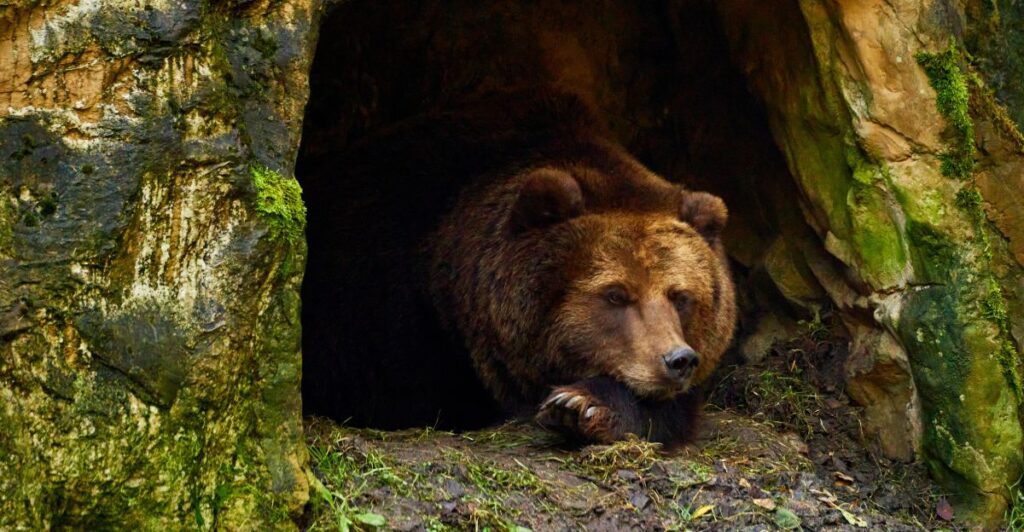
In Vermont, bears have been reported emerging from hibernation as early as mid-March, weeks ahead of the usual April 1st timeline. Jaclyn Comeau, a bear biologist for Vermont Fish and Wildlife, said that in the past few years, this trend has been occurring earlier in March. Bears have been observed destroying bird feeders, killing livestock, and raiding garbage cans across various towns in Vermont.
The Impact on Hibernation Patterns
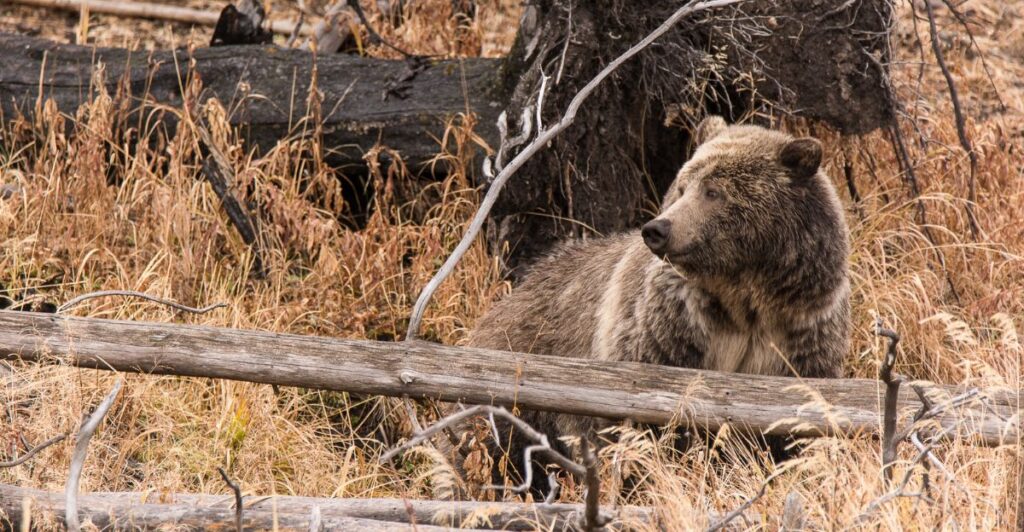
While female bears with newborn cubs typically continue to hibernate until April, other bears are emerging earlier as the snow disappears and temperatures rise. The article continues to state that this shift is likely due to climate change, which impacts the availability of food sources and the natural cycles of the bears.
Precautions for Residents

State biologists are urging Vermonters to take immediate precautions against bear encounters. These include:
Removing bird feeders
Securing garbage in bear-proof containers
Installing electric fences around beehives, chicken coops , and other livestock areas
Using ammonia-soaked rags to reduce odors that can attract bears
Reporting Bear Sightings
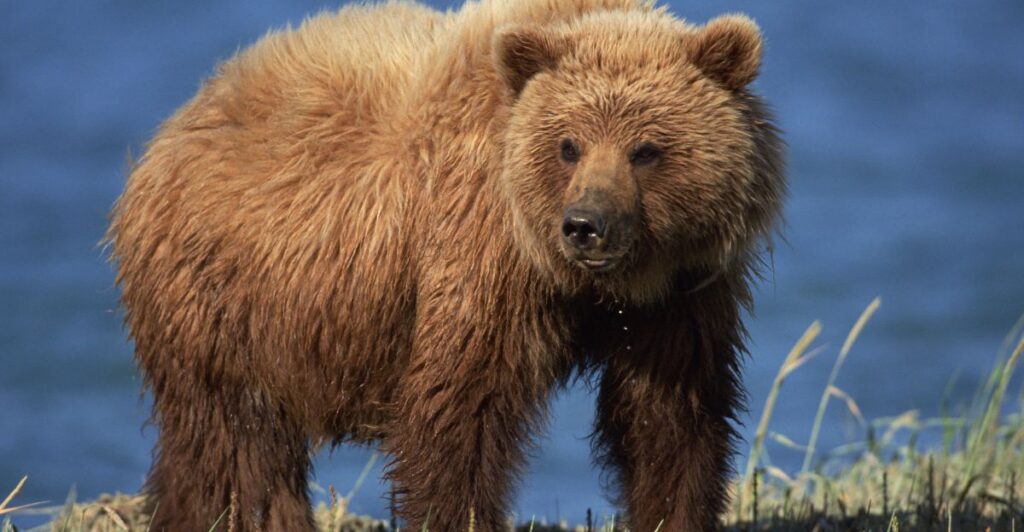
Residents are encouraged to report bear sightings to state authorities and alert their neighbors. This proactive approach helps prevent bears from associating human dwellings with food sources and reduces the likelihood of repeated visits.
The Intelligence of Bears
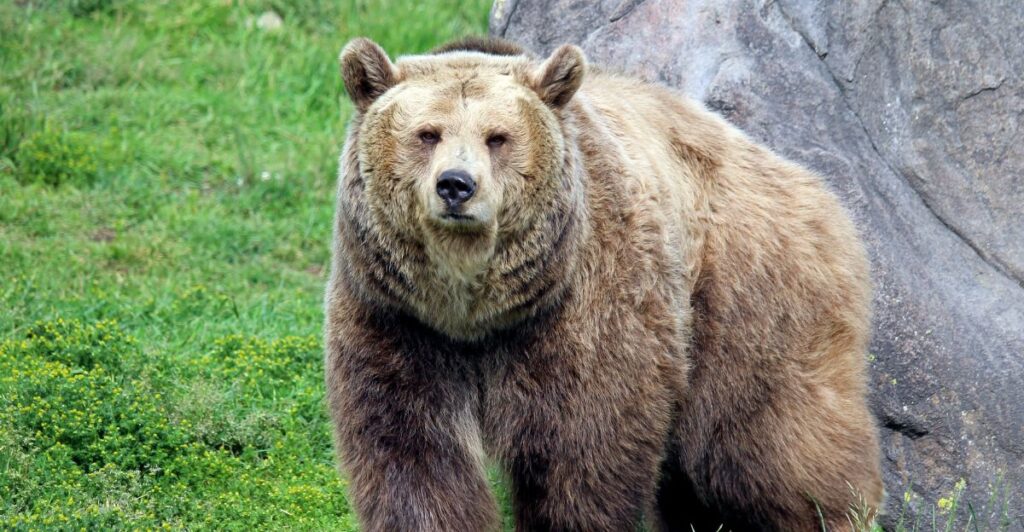
Comeau emphasizes that bears are intelligent and persistent animals. Once they associate an area with food, they will keep coming back. Therefore, it is important to make human-populated areas less attractive to bears by removing potential food sources.
Consequences of Human-Bear Conflicts
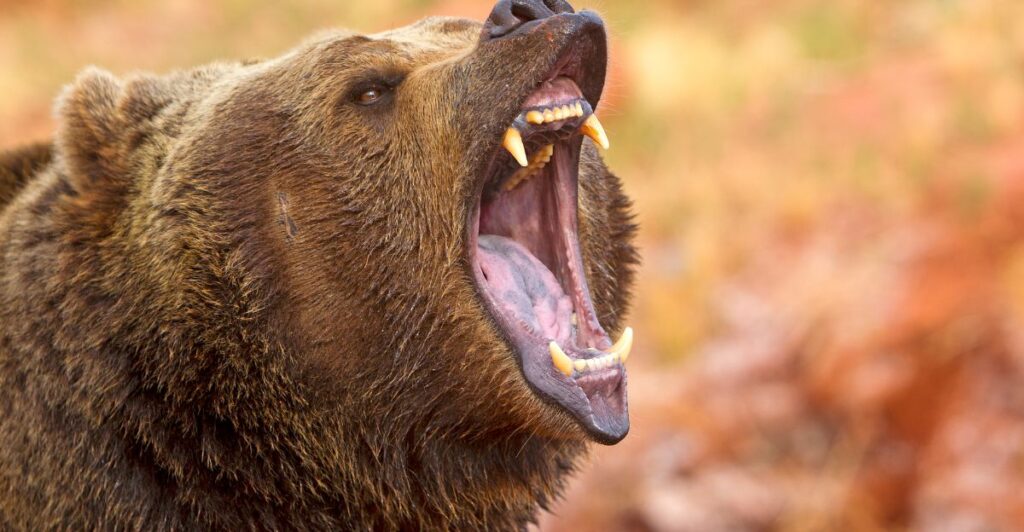
Unfortunately, the frequency of human interaction with bears has been increasing. In Vermont alone, state officials and private citizens kill anywhere from 30 to 40 bears each year for behaviors that are deemed dangerous for the public. The spate of incidents often involves bears breaking into vehicles, killing livestock or causing extensive property damage.
Bear Activity in Yellowstone National Park
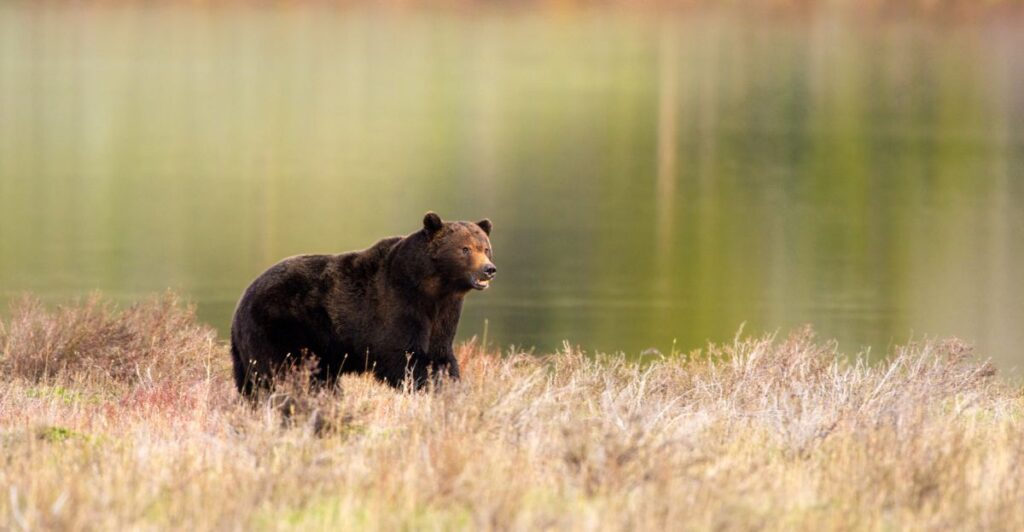
Yellowstone National Park has also reported early bear activity this year, with grizzly bear tracks observed in the northern part of the park on March 9. Park staff are reminding visitors to be “Bear Aware” and take necessary precautions when exploring the area.
Safety Measures for Park Visitors

Yellowstone officials recommend that visitors to the park carry bear spray, hike in groups, and maintain a distance of at least 100 yards from bears at all times. They stress the need to remain alert and make noise to avoid surprising bears on trails.
The Broader Impact on Hunting
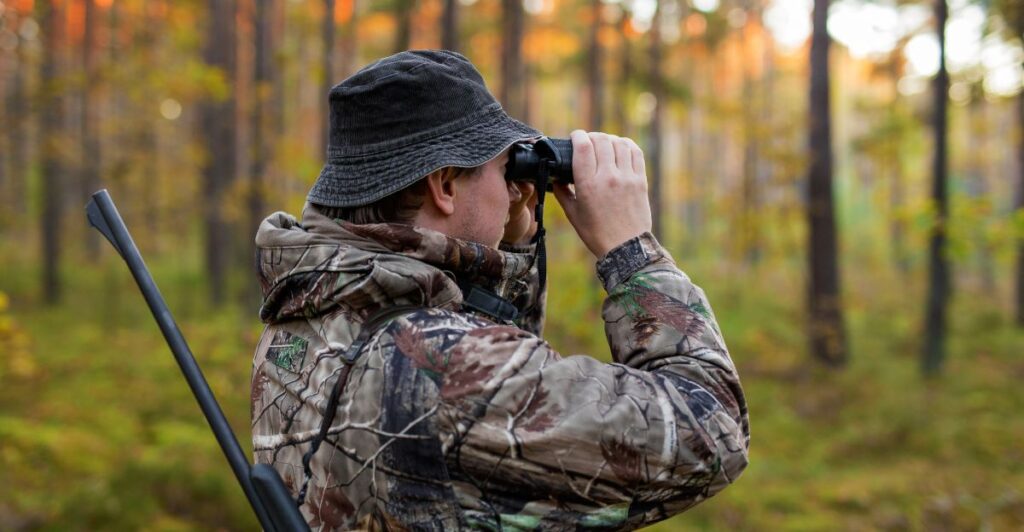
The early appearance of bears likely will be reflected in hunting seasons and practices throughout the six states. Hunters will need to adjust their strategies and be more cautious when entering bear habitats earlier in the season than usual.
Population Management and Conservation Efforts
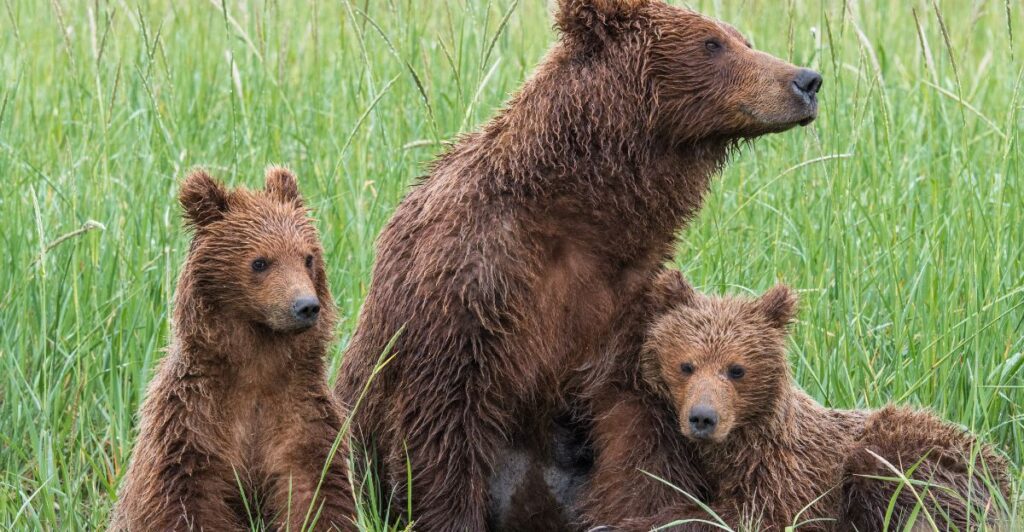
Despite the challenges, Vermont’s bear population has shown resilience. Over the past 50 years, the population of bears in the state has increased from less than 1,500 to around 4,000-6,500 in recent years. The Vermont Fish & Wildlife Department aims to maintain a population of 3,500-5,500 bears, a number that draws the line between protecting bears and minimizing human-bear conflicts.
Adapting to Changing Bear Behavior
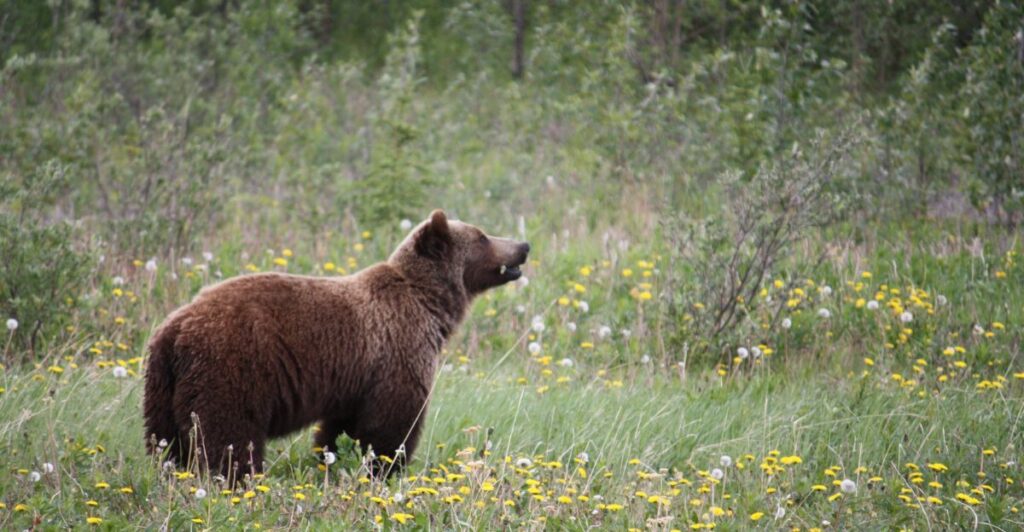
As bears continue to adapt to changing environmental conditions, it’s crucial for humans to adapt as well. This includes updating wildlife management practices, educating the public about bear safety, and implementing measures to minimize the risk of human-bear conflicts. By working together, communities can ensure the safety of both humans and bears in this new reality of earlier bear activity.
Explore more of our trending stories and hit Follow to keep them coming to your feed!

Don’t miss out on more stories like this! Hit the Follow button at the top of this article to stay updated with the latest news. Share your thoughts in the comments—we’d love to hear from you!







